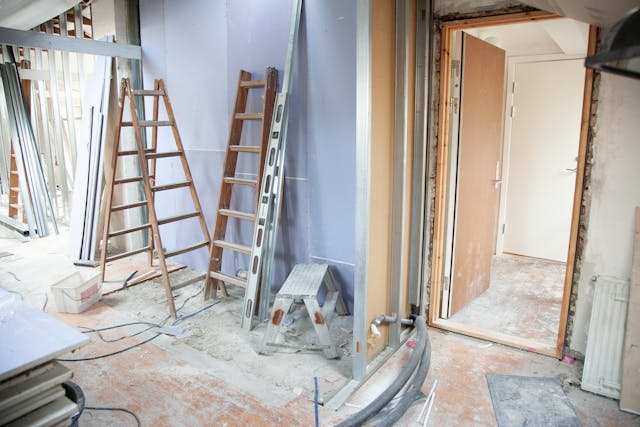
Moving house is such an exciting milestone in life. But it’s also one of the busiest ones! When you’re packing up your whole life, saying goodbye to a place that was once your home, and heading to somewhere new, it can be quite overwhelming. Not only does it require a lot of work – making it feel very stressful indeed – but it can be such an emotional time for you too. So rather than it becoming something you dread, it’s a good idea to look at how you can make the whole process more manageable. Let’s take a look at seven ways to do this.
1. Start Early
First of all, you’re going to want to make sure that you start this process as early as possible. When it comes to moving, the more you can get ahead of everything, the better. Now, this isn’t always that easy to time. Of course, you’re usually given one day to do it all on. Because of this, time can be tight. But getting organized and planning early is a simple way to make it all feel much more manageable.
2. Create a List
Then you’re going to need a list. There will be a series of things you need to do as part of this process and knowing what they are from the get-go can really help you. Writing out everything you need to do, what you need from others, people you want to hire, important dates, and various other important things can help. Then you have a clear picture of what you need to do.
3. Hire Professional Help
Something that can make this process as stress-free and seamless as possible is always going to be the option of hiring professional help. If you know that you’re going to be overwhelmed and feel stressed out during the move, getting a moving company to help you can be a great idea. You’ll find that they’ll do all of the heavy lifting for you, meaning you will have less to think about on the same day. You can also think about hiring a packing and unpacking company if this isn’t an option with your movers. It could save you the stress of packing too.
4. Be Organized With Packing
From here, you’re then going to want to make sure that you’re as organized as you can be when it comes to packing. It’s hard to know what to pack when – especially when you need to use a lot of the things in the weeks before you leave. Here, getting ahead and being organized with your packing will make such a huge difference. You want to ensure that you’ve got what you can packed away (particularly the things you won’t need) as early as possible, and have a plan for how and when you’ll do the rest!
5. Make Extra Meals
One of the things that can add to your feeling more prepared is having meals to turn too. Moving can be such a busy and chaotic time – and cooking isn’t really something that’s possible. Having snacks prepared and easy-to-grab lunches and breakfasts can help. When it comes to dinner, having make-ahead recipes in batches that you can heat up can feel like a life-saver! That way, when you’re spending days unpacking on end, you don’t have to worry about cooking – as everything is ready for you!
6. Rope in Extra Help
It’s always a great idea to see what help you can get here too! With all hands on deck, the moving day itself should feel like a breeze. Asking family and friends if they can be on hand to provide support will feel like you’re dealing with everything yourself. Whether it’s help with unpacking, keeping an eye on the children during the process, or just being there for moral support – being surrounded by people can make a huge difference. If you want to make the process manageable, avoid doing it all alone!
7. Manage Your Stress Levels
Finally, you have to make sure that you’re taking steps to keep yourself calm here too. Moving can certainly be one of the most stressful events we all experience in life – but if you can anticipate this, it helps. So think about ways to keep yourself calm. Contingency plans can really come in handy here. At the same time, knowing that you have things in place to help you, such as relaxing oils, meditation, and even planning to book into a hotel during the chaos of the move can help. It’s all about doing what you can to ensure everything goes as smoothly as it can.







